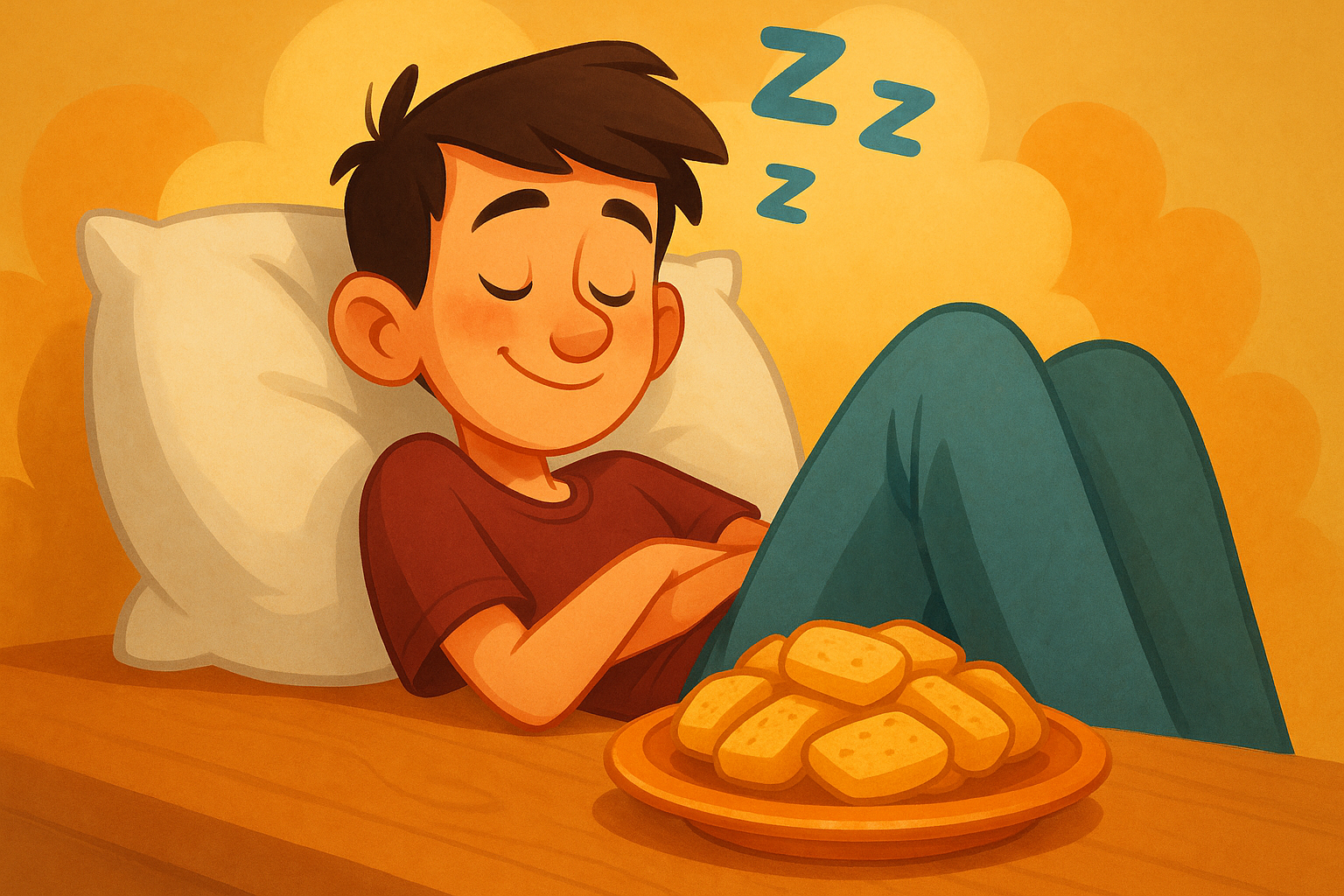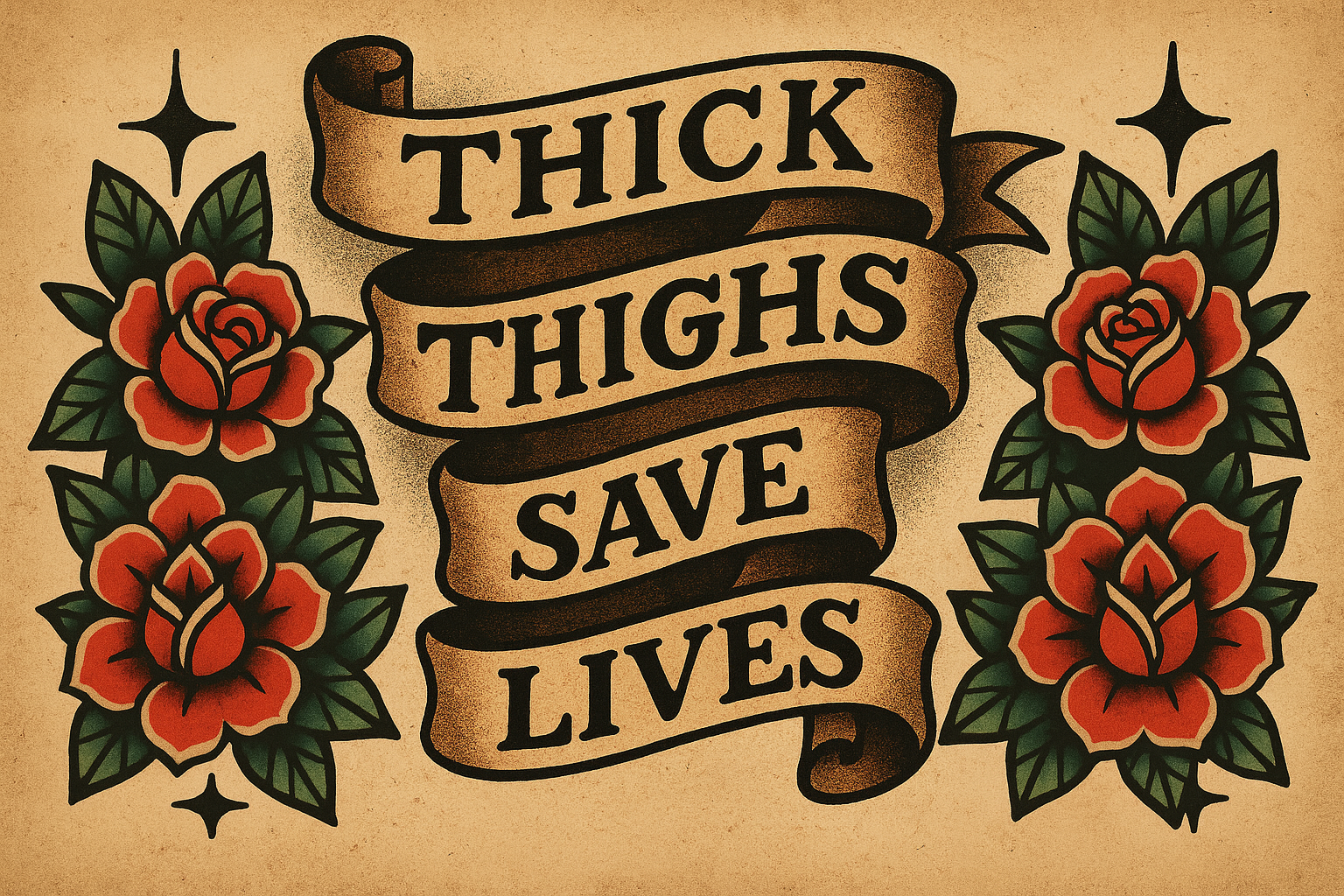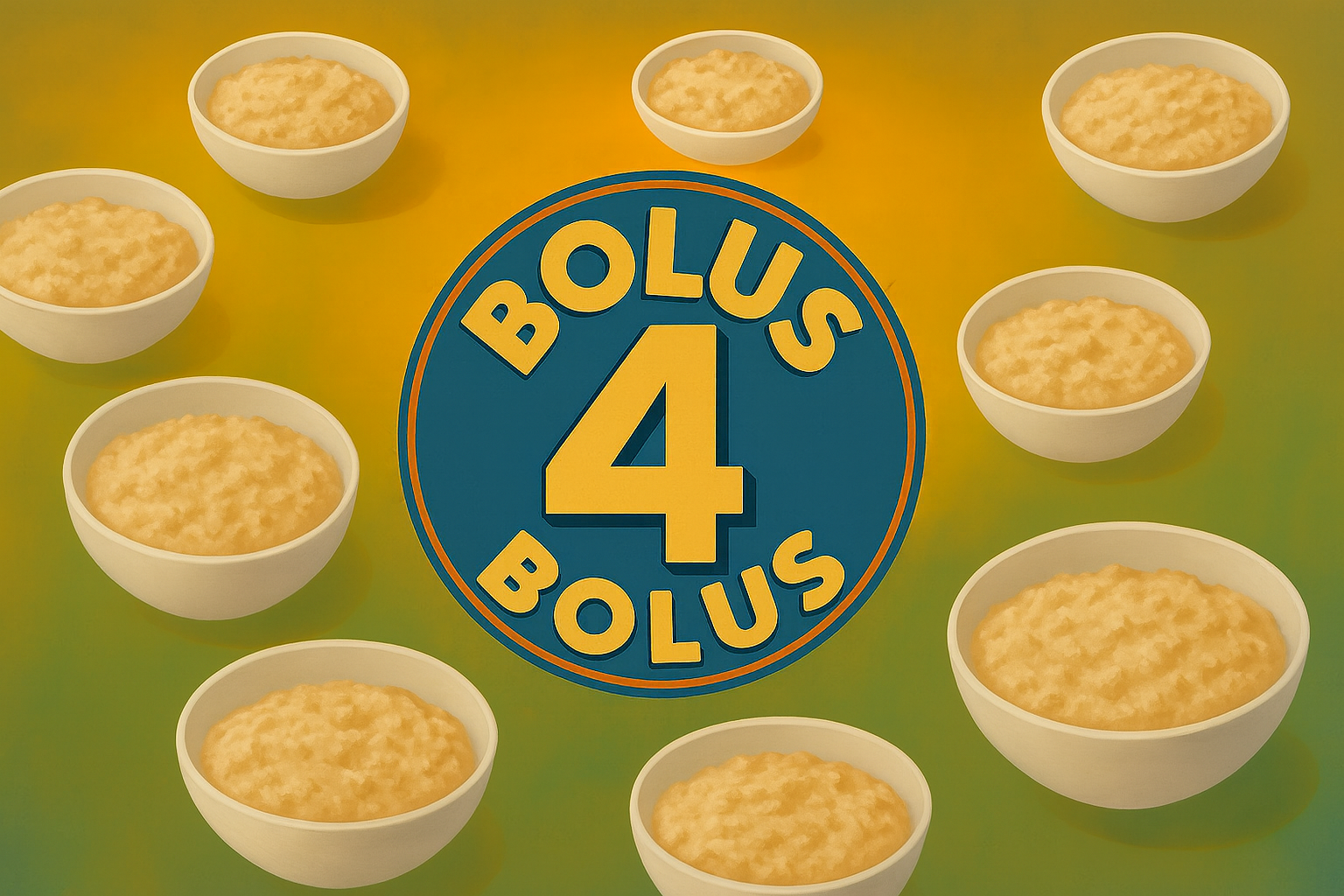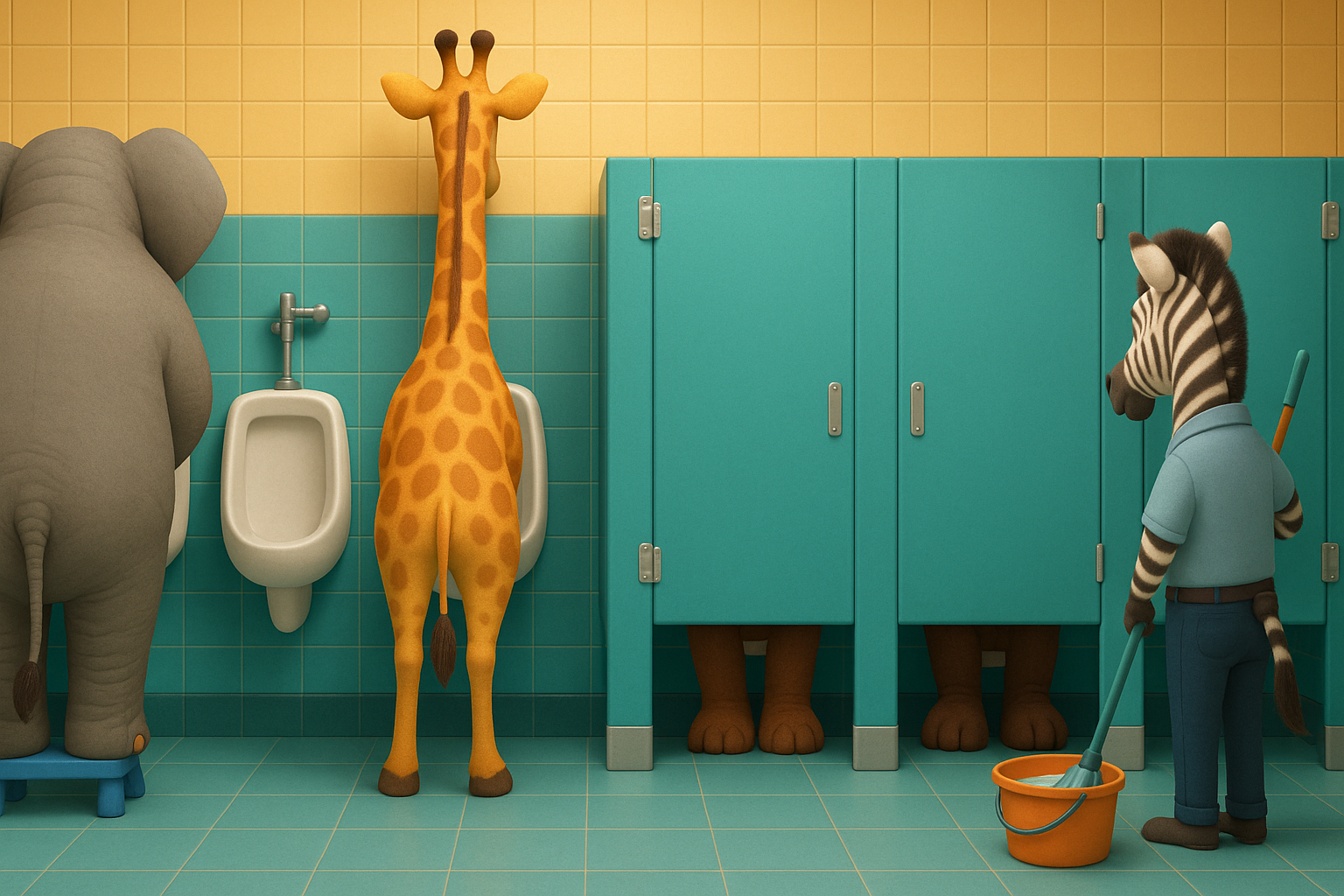Helping Children With Diabetes Gain Independence
Part 5: Taking It One Moment at a Time
The word independence literally means, “Freedom from outside control or support.” But when we use it to describe a child who lives with type 1 diabetes, the word takes on a much deeper meaning.
I wanted to say, “Children struggle,” but in all honesty, all people struggle to be themselves every day. We are influenced by so many outside pressures that I often wonder if any of us are really being who we are. On any given day I can feel too short, too fat, too old or just not smart enough. I worry that my affections won’t be reciprocated, that I am not being a good parent, husband and son. In the past, my concern about loved ones’ reactions have stopped me from telling them how I truly feel. Yet if you asked me to describe myself and the level of independence that I felt during that time in my life, I would have told you that I was not bothered by what other people thought of me, that I didn’t feel the pressure – but of course I did.
As I sit here and write to you, I realize that I felt all of those things when I was younger and I wasn’t wearing an insulin pump or a continuous glucose monitor. I didn’t have to stop and check my blood glucose all day, people never felt obliged to tell me what to eat and I never once thought that I may pass out from not paying attention to my moment-to-moment health. Young Scott was living a pretty easy life, and yet he still felt the proverbial weight of the world.
So how the heck are we going to teach our children with diabetes to feel independent? I think the answer to that question is, one moment at a time.
I could have written a series of blog posts about helping children with diabetes gain independence through any number of experiences. I believe that people, young and old, have potential and that all they need is patient loving people to surround them with quiet strength and support. Sure, sometimes it feels good to be told that someone has your back, but often it feels better to just know. Then when life happens, alone or together, we have the inner strength to shoulder what’s coming our way. In time, with maturity and practice, we begin to believe in ourselves the way that our loved ones believe in us.
So does technology help to build independence for children with type 1 diabetes? Absolutely it does! Does it do it overnight or over the course of a single year? No. Independence is a form of maturity and the process towards becoming a fully realized person is a long one. That kind of firm base is built one experience at a time and not every step taken is a step in the correct direction. Each blood glucose check in public will build confidence. Every low blood glucose conquered is a step in the right direction. There will be moments that don’t go as planned, but don’t think of them as failures, think of them as perspective for the successes. You can’t appreciate success without knowing failure, at least not to the degree that it requires to build maturity, and none of this can happen if we are being sheltered. I know as well as you do that having a child with type 1 diabetes is different and at times scary. That’s why I added technology to our daily routine; so I could give Arden the personal space that she needs to grow while protecting, as best as the situation allows, her health and safety.
This post is part of a six part series that I originally wrote for the Suite D Blog, which is operated by Insulet. Insulet is the company responsible for Arden's insulin pump, the Omnipod. Please know that I was compensated for my writing in an amount that would be considered standard for freelance blogging. My family pays for Arden's Omnipods with insurance and out of pocket cash. My writing for Insulet has no impact on my opinions or the information that I share here or anywhere online.
A1c Three-peat
One year ago, Arden sat in my car after her endocrinologist appointment and asked me what she could do to lower her A1c. At that moment, her A1c was 7.4 - it had been a full point higher just one year prior. Three months later, we returned to see if the adjustments that we made had any effect and that's the day we saw the first result under 7.
Three months after that, Arden's A1c was 6.7, and then yesterday... it was 6.7 again.
That's three consecutive A1c results under 7 - I'm calling that a three-peat.
There are many ways to celebrate an A1c while you wait for you NP to come into the room, on this day Arden and I choose VolleyGlove. Even though we haven't played in quite some time, you will see in this video that our skills remain intact. #sochi?
I'm always looking for ways to make Endo day less of a drag. VolleyGlove is a time-honored favorite.
Hello Gubna!
Justin Bieber getting pulled over in Miami led to me being on a radio show in London England - because that makes sense.
I woke up the other day to Twitter going crazy about J.B.. Later in the morning I was full of thoughts about the Biebs when I remembered, "I have a Huffington Post blog... why am I talking to myself about this?". The next day the producer of the Iain Dale show on LBC, London's Biggest Conversation, was asking me to come on the air and talk about role models. I was just vacuuming and doing the laundry, so what the hell - right!?
Here's how that went...
My Justin Bieber thoughts are on Huffington Post
Image via www.thehollywoodgossip.com
from HuffPost: "Parents of young children may find Justin's behavior to be not so different from what they see in their own home. He doesn't know where to pee, writes on the walls with his crayons and lacks the mental sophistication to be concerned for his own welfare. In short, Justin needs a diaper, a timeout and a parent to put those foam bumpers on the sharp corners in his life. He is a mess, and his decisions seem to get worse every time I look up and see his name on my Twitter feed."
Diabetes in the News
Introducing Google's smart contact lens project
Prototype from Google's Smart Contact Lens Project
“We’re in discussions with the FDA, but there’s still a lot more work to do to turn this technology into a system that people can use.”
from Google: "We’re now testing a smart contact lens that’s built to measure glucose levels in tears using a tiny wireless chip and miniaturized glucose sensor that are embedded between two layers of soft contact lens material. We’re testing prototypes that can generate a reading once per second.
We’re also investigating the potential for this to serve as an early warning for the wearer, so we’re exploring integrating tiny LED lights that could light up to indicate that glucose levels have crossed above or below certain thresholds.
It’s still early days for this technology, but we’ve completed multiple clinical research studies which are helping to refine our prototype. We hope this could someday lead to a new way for people with diabetes to manage their disease." full story
Olympic cross-country skier Freeman masters mountains, diabetes
Freeman decided then that he was going to try to compete in 2014, even though he would be 33 at the time.
Kris Freeman was diagnosed at age 19 with Type 1 diabetes
from Sports Illustrated: "Kris Freeman was approaching the 12th kilometer of the 30 km pursuit at the 2010 Vancouver Olympics when he noticed the first sign: An uphill climb seemed strangely difficult. He had been skiing well to that point, and had moved into a top 20 position. Then his body started shaking and wobbling. Freeman knew that roughly a kilometer ahead he had a coach waiting for him with a sports drink. But before he could make it, he collapsed in the snow." full story
Is there connection between Type 1 diabetes and cleanliness?
Some researchers suspect there may be a connection between Finland’s cleanliness and the incidence of the disease there.
from Washington Post: It may come as a surprise that Finland — one of the least polluted, wealthiest countries, where average life expectancy is among the world’s highest — has the highest rate of Type 1 diabetes. Each year, there are about 58 cases diagnosed per 100,000 children; in the United States there are 24 cases per 100,000, according to the International Diabetes Federation. full story



















